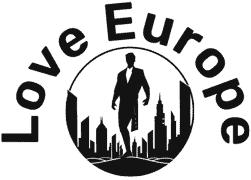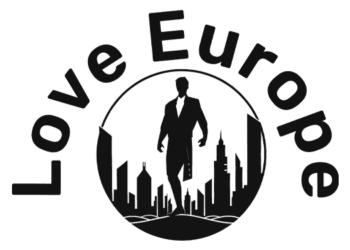BRUSSELS – NATO countries should increase their weapons stockpiles faster, the EU defence commissioner said on Wednesday, pledging the EU would support that goal with cash.
To prepare for another war, the NATO alliance has increased the stockpile targets that each member country should meet. Although they are not mandatory, all are expected to prepare to collectively defend the alliance in an eventual conflict.
But Europe should achieve these increased targets “no later than 2030, instead of in 2044, as planned,” Andrius Kubilius, the EU defence commissioner said at the European Defence Agency’s annual conference.
“NATO and member states assess military needs and set targets, and the European Union will support,” Kubilius said, echoing comments he gave Euractiv before he joined the Commission.
Meeting this goal on a tighter timeline will require even more funds for defence – at a time when national budgets are strained and procurement priorities differ across the continent.
The industry has long requested targets and long-term planning, to justify their investment into new production lines and supply chains.
In an attempt to meet these concerns, the EU will put forward an ‘industrial input plan’, which Kubilius floated in the autumn, as part of the Defence White Paper planned for March. The EU’s top diplomat Kaja Kallas on Tuesday confirmed such a plan will be prepared.
“We need to join up what we know about our capability gaps and how much we are missing with what our industries can produce,” Kallas said. “Then we can see how best to help our industry produce this and work with our allies where we can’t do it in-house.”
This will likely entail the EU incentivising the joint procurement of larger orders, which they hope will make them more attractive to the industry.
It is unclear what exactly would be produced under the plan, with the prospect of the EU funding plans based on NATO’s targets raising questions on the role of the bloc’s non-NATO neutral countries: Austria, Cyprus, Ireland and Malta.
The EU already facilitates joint procurement, albeit on a smaller scale, of ammunition, missiles, air defence and vehicles with common funding.
Who’s got money?
EU leaders are set to meet on February 3 to discuss how to fund their defence needs.
Though the price of defence and deterrence is unclear, purchasing military equipment is putting a strain on national budgets. Capitals are pressed to modernise their armies after heavy donations to Ukraine without letting up on their aid to Kyiv.
Kubilius also said on Tuesday that Europe should work on a list of large and expensive projects of common interest: an Air Defence Shield, Cyber Shield, a North-East Border Defence Shield, Military Mobility, and a Space Shield, confirming a number of plans reported by Euractiv last October.
On top of this significant financial undertaking, NATO members are planning on pledging even higher defence spending commitments by the summer, according to Reuters.
While Russia is spending 9% of its GDP on defence, Europeans and other members of the NATO military alliance are questioning whether they want up their contributions towards 5% in the coming decades.
Some countries, such as Poland or Lithuania, are happy to do so, but the majority of European countries remain sceptical of setting a hard target.
“We will discuss a new 3% GDP target, to be met over a long time, maybe ten years,” one European diplomat told Euractiv.
Funding talks among EU leaders will be tough. Kallas repeated on Tuesday that she is ready to explore “doing more” with over €200 billion of Russian frozen assets, though member states remain cautious.
Source link : http://www.bing.com/news/apiclick.aspx?ref=FexRss&aid=&tid=6790f5fa50c0465b8b90a841bbebc94b&url=https%3A%2F%2Fwww.euractiv.com%2Fsection%2Fdefence%2Fnews%2Feu-wants-member-states-to-reach-arms-stockpiles-targets-seven-years-early%2F&c=13603315000334352348&mkt=de-de
Author :
Publish date : 2025-01-22 02:58:00
Copyright for syndicated content belongs to the linked Source.


